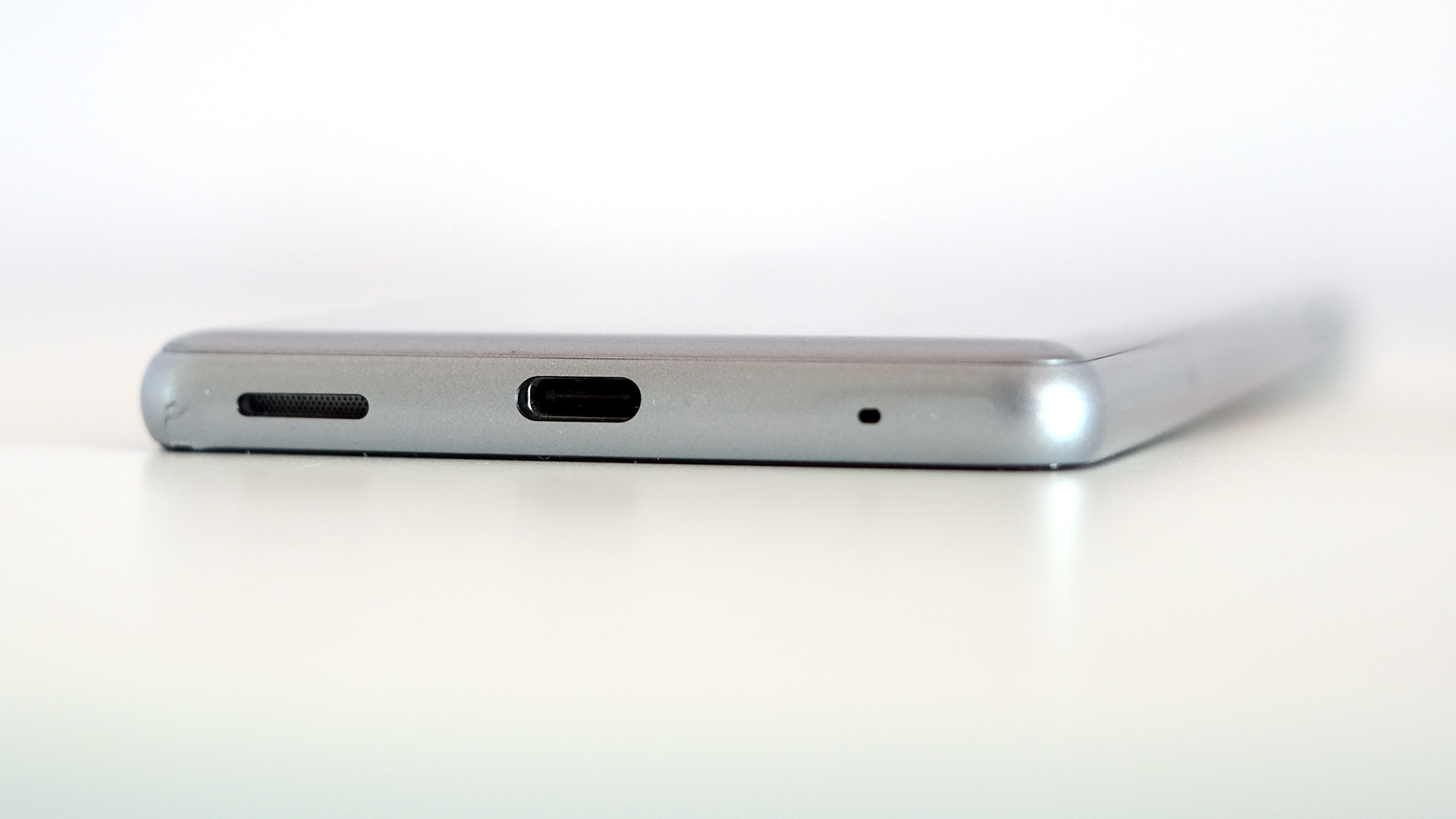Why you can trust TechRadar
Battery life
- 3,300mAh battery
- Average stamina
The Sony Xperia L3 has a 3,300mAh battery. This is a solid capacity for a phone with a lower-resolution screen.
After 90 minutes of video at maximum brightness, the L3 lost 17% charge, narrowly beating the Honor 10 Lite’s 19% loss.
It can soldier through a full day of use, including several hours of audio streaming, a half-hour of video streaming and a good amount of messenger apps. It’s solid, normal stamina, if nothing special.
Competition makes this a potential problem for the Sony Xperia L3. The Moto G7 Power’s battery life is in a completely different league. Its 5,000mAh battery lasts a solid two days, and perhaps even longer than the difference in capacity might suggest. This may be down to the relative efficiency of their processors.

The Sony Xperia L3’s charging is also slow by current standards. It doesn’t come with a fast charger, and the fast charge adaptors we tried did not seem to speed it up either. This is no surprise: most phones use Qualcomm’s fast charge standards, or versions of them, and as this is a MediaTek phone you don’t get support for those here.
You’ll need to charge the Sony Xperia L3 overnight, as a full recharge takes several hours. It does at least have a USB-C port rather than the older micro USB kind, still seen in a handful of lower-end phones.
Camera
- 13MP with 2MP depth sensor
- No obvious Auto HDR processing
- Limited video features
The Sony Xperia L3 has a very conventional camera setup for a phone at the price. A 13MP camera with a 2MP additional depth sensor sit on the back, and there’s an 8MP selfie camera on the front.
Sign up for breaking news, reviews, opinion, top tech deals, and more.
Its performance is mixed. We took it out for a shoot with the Moto G7 Power to see how it holds up.
Sharpness and detail are the Sony Xperia L3’s strongest suits. In daylight fine detail is better defined in the Sony images, next to the Moto’s, and there’s less purple fringing. This is where objects’ outlines turn purple, usually when set against a bright sky.
Other areas are weaker. The Sony Xperia L3 does not have an Auto HDR mode, and its images are susceptible to overexposure, where the brightest parts become detail-free blocks of white.
There is a separate HDR mode, but it’s slow and not very effective. By not implementing good Auto HDR software, the Sony Xperia L3 seems years out of date.
The Sony Xperia L3’s preview image is also not all that clear on sunny days, because of the limited screen brightness. And like every phone in this category, night time image quality is fairly poor.

There’s some question over the lens aperture too. Sony says it’s an f/2.2 lens. EXIF data says it’s an even smaller f/2.8 aperture. Both are fairly poor, but it seems likely the EXIF mistakenly uses the lens data of the depth sensor. The night images are bad, but not that bad.
Other than solid detail capture, the Auto mode’s fairly responsive feel is the highlight. There’s minimal shutter lag and focusing speed is okay.
The bokeh mode can produce good-looking results too, blurring out the backgrounds dramatically. However, as the depth sensor is quite a low-quality camera, it’s only up to the job of separating simple subjects from their backgrounds. It can get confused by anything complicated.
Video capture is similarly basic. The Sony Xperia L3 only shoots at up to Full HD, there’s no 4K option. And, even more significant, there’s no form of stabilization at all. No matter the mode you use, your footage will look super-shaky if you take it while walking along.
The Sony Xperia L3’s camera hardware is not terrible, but the software behind it seems out of date at this point.
And its selfies? They are passable, but no more. The front 8MP camera tends to smear fine detail in all but perfect light conditions.
Camera samples






Current page: Battery life and camera
Prev Page Introduction, key features and design Next Page Anything else I should know?
Andrew is a freelance journalist and has been writing and editing for some of the UK's top tech and lifestyle publications including TrustedReviews, Stuff, T3, TechRadar, Lifehacker and others.
